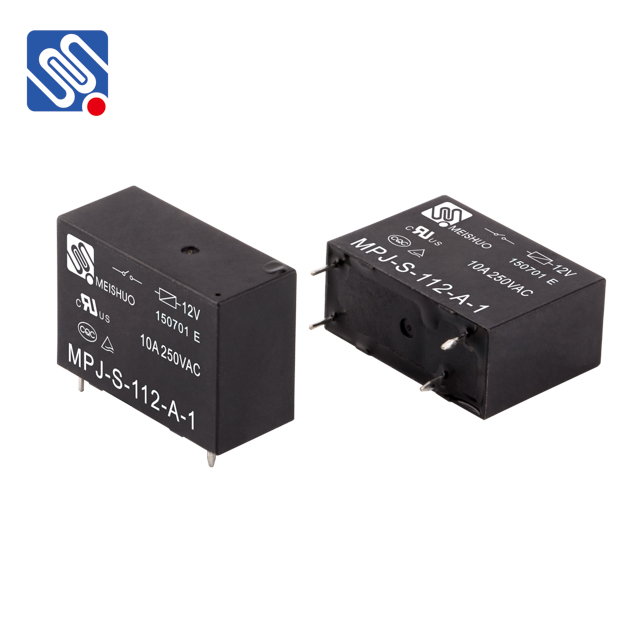A relay power supply is an essential component in various electrical and electronic systems, playing a crucial role in managing and distributing electrical energy. It provides a way to switch power to different parts of a circuit based on a controlling signal, ensuring that devices receive the appropriate voltage and current at the right time. This article explores the concept of relay power supplies, their working mechanism, advantages, and common applications across industries.

What is a Relay Power Supply? A relay power supply consists of a relay – an electrically operated switch – and a power supply unit that converts the input voltage into a regulated output. The relay itself is typically an electromagnetic switch that can open or close contacts in response to an electrical signal. The primary function of a relay in a power supply system is to control the power flow based on the activation signal, which may come from a microcontroller, a manual switch, or an automatic system. How Does a Relay Power Supply Work? A relay power supply works by receiving input power and distributing it through various connected circuits as needed. The input voltage can be AC (alternating current) or DC (direct current), and the relay helps route this power to different parts of the circuit depending on the operational requirements.